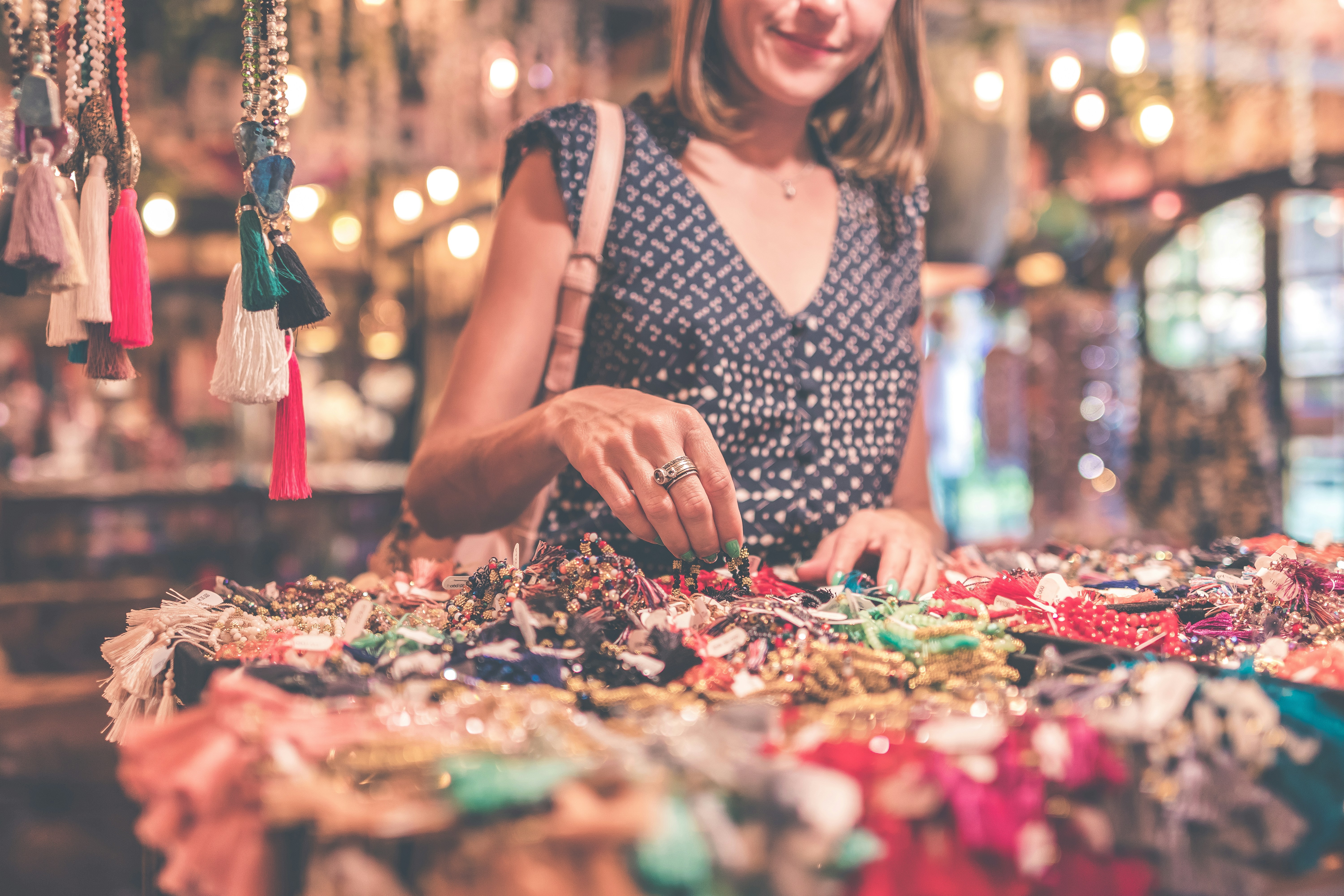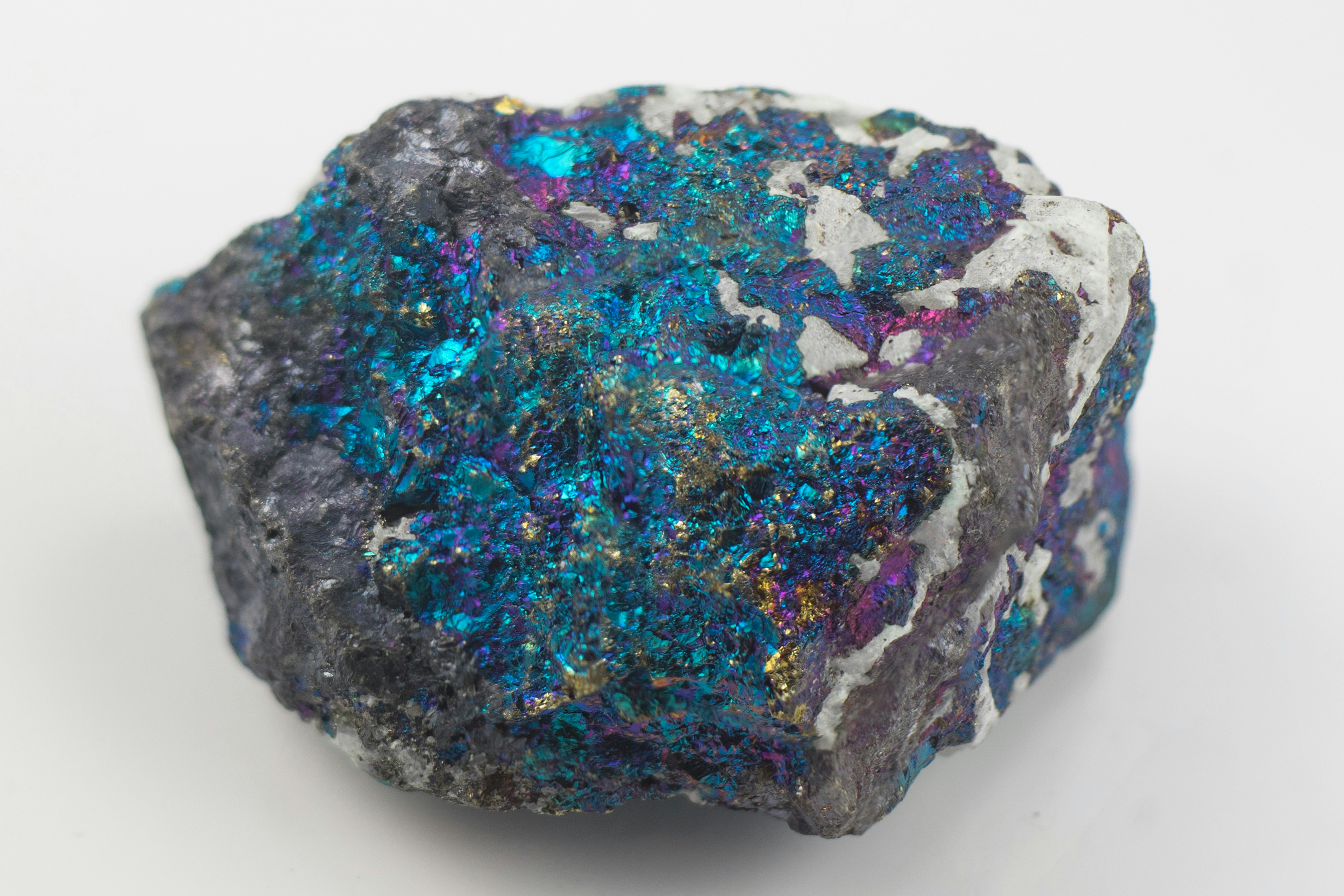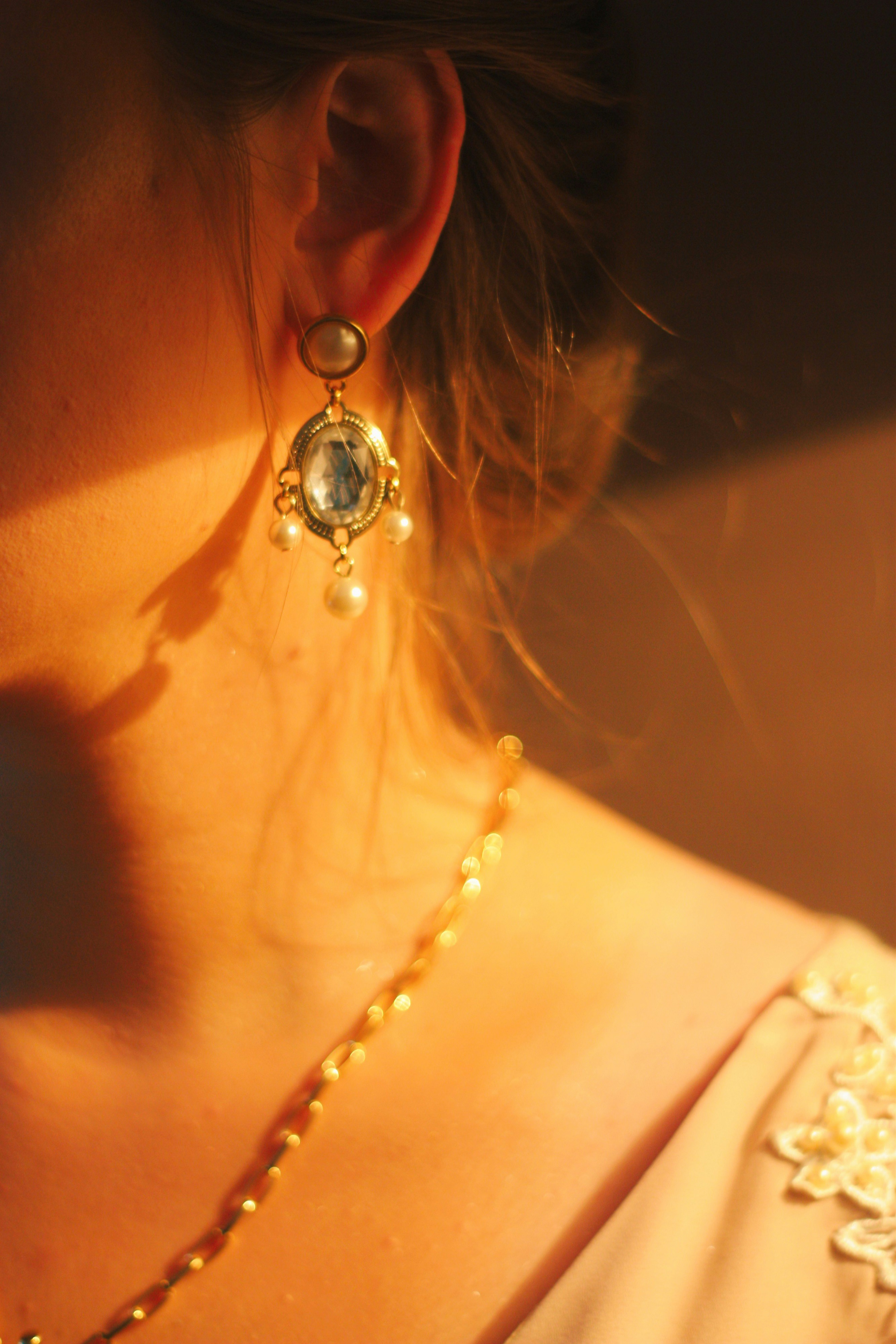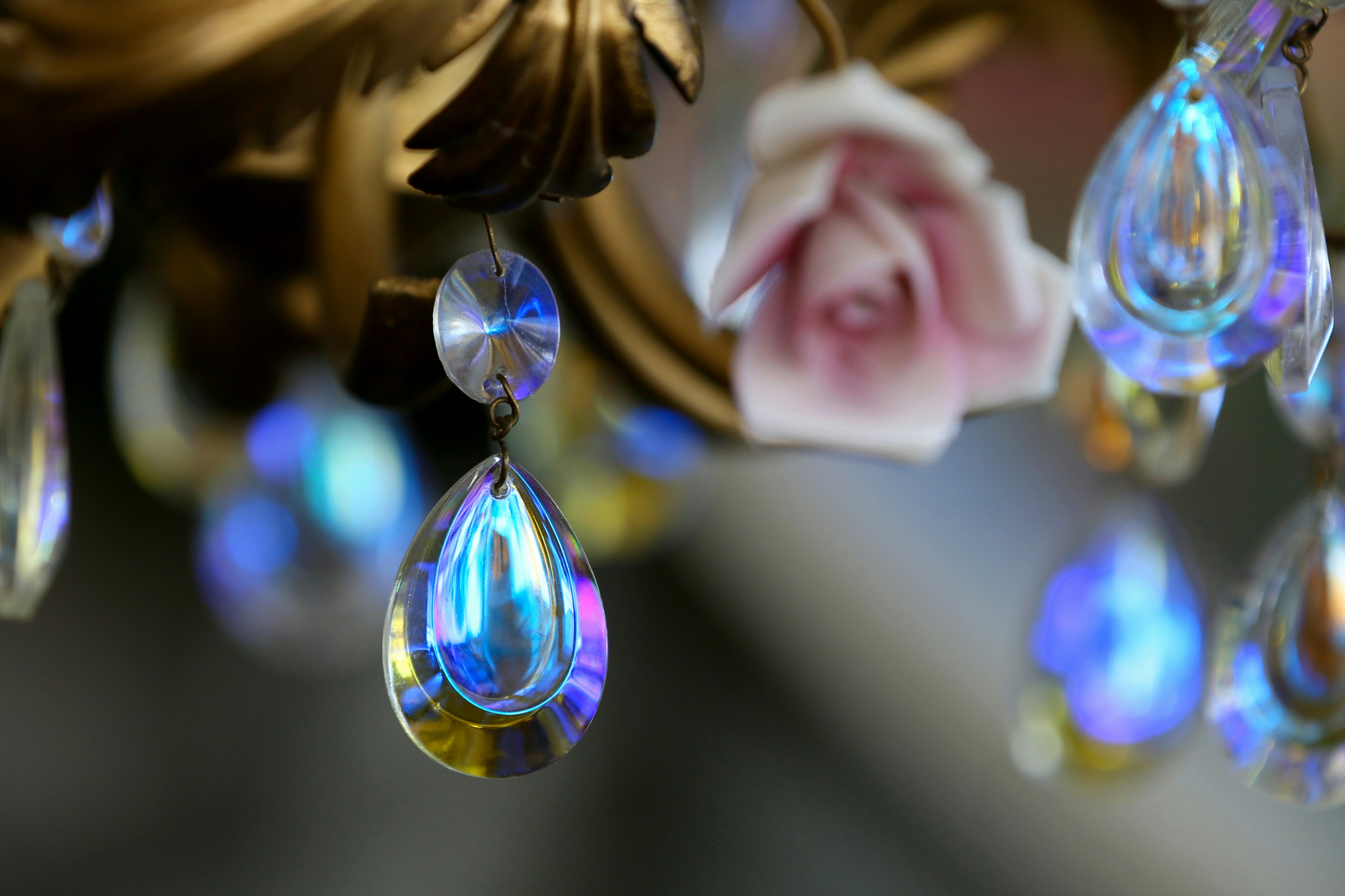1950s Jewelry Trends
Alexander Kellerson

Introduction to 1950s Jewelry Trends
The 1950s was a decade marked by post-war prosperity and a renewed sense of glamour. Jewelry trends from this era reflect the optimism and elegance of the time, with a focus on bold, eye-catching designs. Women embraced both fine and costume jewelry, making it an essential part of their everyday wardrobe.
During the 1950s, jewelry was seen as a symbol of sophistication and status. This period witnessed a surge in demand for both high-end pieces and affordable costume jewelry, allowing women from all walks of life to accessorize their outfits stylishly. The trends from this era continue to influence contemporary jewelry designs, highlighting the enduring appeal of 1950s aesthetics.
Popular Materials in 1950s Jewelry
Jewelry in the 1950s was often made from a variety of materials, including gold, platinum, rhinestones, and pearls. Cultured pearls, in particular, became very popular, symbolizing classic elegance. Additionally, innovations in plastics and other synthetic materials allowed for more affordable and diverse costume jewelry options.
Rhinestones and other sparkling stones were widely used to create the dazzling pieces that characterized the decade. The use of these materials allowed for intricate designs that captured the light beautifully, adding to the glamorous look that was highly sought after. Gold and platinum remained staples in fine jewelry, often adorned with precious gemstones like diamonds, sapphires, and rubies.
Iconic Jewelry Pieces from the 1950s
Some of the most iconic pieces of 1950s jewelry include statement necklaces, chandelier earrings, and cocktail rings. Brooches also made a significant comeback during this era, often worn on dresses, coats, and even hats. These pieces were designed to be eye-catching and often featured intricate designs with bold colors.
Statement necklaces were typically large and dramatic, often featuring clusters of rhinestones or pearls. Chandelier earrings were long and elaborate, perfect for complementing the fashionable updos of the time. Cocktail rings, with their oversized gemstones, were a favorite for evening wear, adding a touch of extravagance to any outfit.
Influence of Hollywood on 1950s Jewelry
Hollywood had a significant influence on 1950s jewelry trends. Movie stars like Marilyn Monroe, Elizabeth Taylor, and Audrey Hepburn were style icons whose jewelry choices were widely emulated. The glamour of the silver screen translated into a desire for luxurious and show-stopping jewelry pieces among the general public.
Jewelry designers often created pieces specifically for films, which then became popular with audiences. For example, the diamond necklace worn by Marilyn Monroe in 'Gentlemen Prefer Blondes' became an iconic piece, inspiring countless replicas. The allure of Hollywood glamour drove the popularity of extravagant and bold jewelry designs during this decade.
1950s Costume Jewelry: Affordable Glamour
Costume jewelry saw a surge in popularity during the 1950s as it provided an affordable way for women to adorn themselves with stylish pieces. These items were often made from less expensive materials like plastics, glass, and base metals, but they were designed to mimic the look of fine jewelry.
Brands like Trifari, Coro, and Napier became household names, known for their high-quality costume jewelry. These pieces were accessible to a wider audience, allowing more women to participate in the glamorous fashion trends of the time. Costume jewelry from the 1950s is still highly collectible today, appreciated for its craftsmanship and vintage charm.
Prominent Jewelry Designers of the 1950s
Several jewelry designers left their mark on the 1950s with their innovative and stylish creations. Names like Christian Dior, Coco Chanel, and Elsa Schiaparelli were synonymous with luxury and elegance. Their designs were often bold, artistic, and set new trends in the world of fashion.
Christian Dior's 'New Look' collection, introduced in the late 1940s, continued to influence jewelry trends into the 1950s. Coco Chanel popularized the use of faux pearls and multi-strand necklaces, making them a must-have accessory. Elsa Schiaparelli's surrealist-inspired designs brought a unique and whimsical touch to 1950s jewelry.
How to Style 1950s Jewelry Today
Styling 1950s jewelry today can add a vintage flair to modern outfits. Pairing a statement necklace with a simple dress can create a stunning focal point, while chandelier earrings can add elegance to both casual and formal looks. Cocktail rings remain a bold accessory for evening wear, providing a touch of retro glamour.
Incorporating brooches into contemporary fashion is another way to embrace 1950s style. Pinning a vintage brooch on a blazer, hat, or even a handbag can elevate an outfit with a hint of old-school sophistication. Mixing and matching vintage pieces with modern clothing allows for a unique and personalized fashion statement.
Collecting and Caring for 1950s Jewelry
Collecting 1950s jewelry can be a rewarding hobby for vintage fashion enthusiasts. Pieces from this era are often highly sought after for their craftsmanship and unique designs. When collecting, it is essential to look for pieces in good condition and be aware of the materials used to ensure authenticity.
Caring for 1950s jewelry involves regular cleaning and proper storage. Using a soft cloth to clean pieces and keeping them in a dry, cool place can help preserve their beauty. Avoiding exposure to harsh chemicals and storing each piece separately can prevent damage and maintain the jewelry's integrity for years to come.





